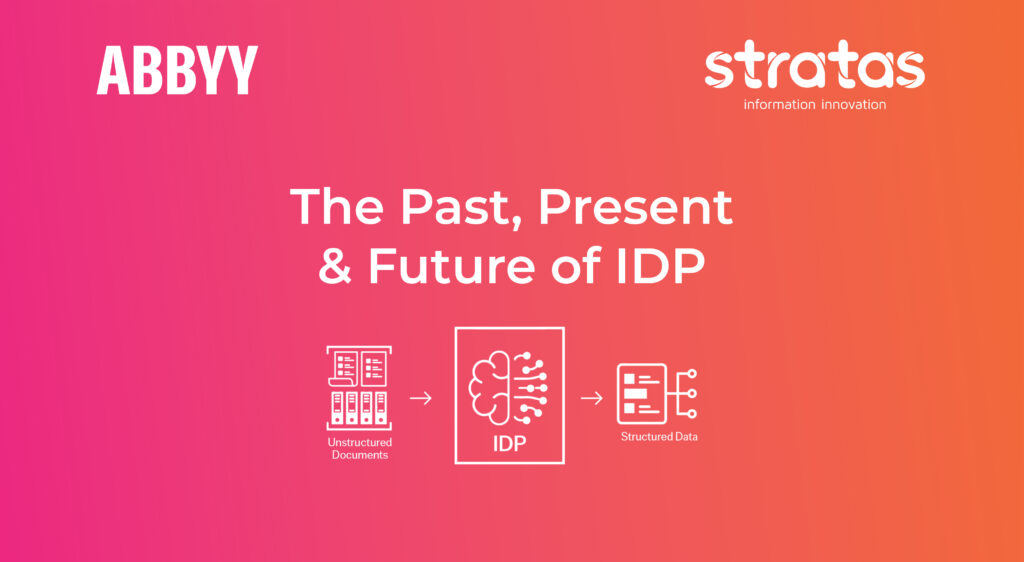Retailers need to respond to new product trends with speed and agility to ensure that they can meet consumer demands while delivering excellent service.
Retailers place a heavy emphasis on improving front-end processes that impact the customer experience. However, they often neglect back-end processes such as accounts payable. Optimising back-end processes can provide a competitive advantage and improve relationships with suppliers, while still contributing towards the delivery of quality customer service.
In this blog post, I will be exploring the unique AP challenges that retailers face and suggest how these can be minimised with accounts payable automation software.
Managing indirect spend
Spending on non-merchandise goods and services can be difficult for retailers to manage. Managing overhead costs relating to stores is often manual and time-consuming. This requires a great deal of manual checking and data entry. As a result, this leads to a lack of visibility, errors, overspend, and poor supplier relations.
Managing direct spend
Retailers and distributors face many challenges in managing direct spend. Product lists are vast when stock inventories are as large as a fully stocked supermarket. Specific details of products, such as flavour, colour and size must be recorded. This means that matching invoices to items manually is complex and extremely time-consuming.
Dealing with hundreds (if not thousands) of different suppliers
Retailers typically deal with large numbers of suppliers. Therefore, it can be difficult to gain visibility of invoices when AP is managed manually. As a result, this can lead to missed invoices. Suppliers may also lack visibility over the invoice status, often sending duplicates to ensure quick payment. When processed manually, it can be difficult for AP staff to check whether the paperwork they are handling is a duplicate. Therefore, well-meaning AP staff may make duplicate payments. As a result, more time is spent rectifying the issue.
Challenges for retailers with international customers and suppliers
Retailers with customers and suppliers abroad face further challenges. As consumers demand low prices and high-quality goods, suppliers are increasingly split across numerous international locations. Managing rapid fluctuations in exchange rates can be time-consuming and can lead to over or underpayment. Additionally, dealing with multiple languages and invoicing requirements present further issues when relying on manual AP processes. As a result, issues ranging from processing errors to non-compliance can arise.
How Accounts Payable Automation for Retail can help:
Automating accounts payable processes can offer dramatic improvements for retailers. It can enable the finance department to focus on strategic tasks, instead of generating operational costs. Not to mention, the technology can provide greater control and significantly reduce processing time.
Accounts payable software matches invoices to purchase orders automatically. Therefore, invoices only need to be touched if an error or deviation is identified. As a result, errors are minimised and payments are made quickly and efficiently, despite the challenges retail brings.
Our AP automation solutions can alleviate each of these challenges, enabling retailers to spend time on what matters most – the customer. To find out more, contact us or book a demo.



